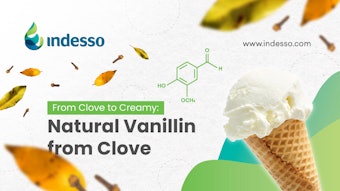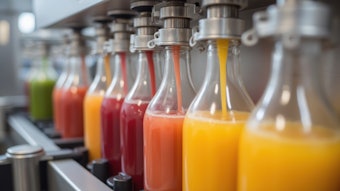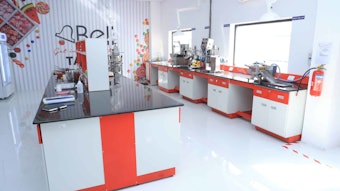
Kerry has released, Food Protection Powering Your Menu, a white paper that examines the accelerating trend of consumers demanding clean label ingredients and details what these changes mean for food service companies looking to clean up their menus.
Related: Kerry Announces Acquisition of Bio-K Plus International
The paper details the lasting power of the clean label movement around the world and its extension to how consumers increasingly view restaurant menus.
In addition, the paper provides a framework for making clean label improvements in terms of ingredients, processes and protection, and imparts guidance on navigating these solutions.
Real-world case studies in plant protein, beverages, burger buns, cured meats and cheese slices are provided to illustrate how clean label solutions are being applied successfully in commercial settings.
This comes as global sales of clean label food and beverages are expected to reach $180 billion in 2020. Sales of clean label ingredients are growing at a rapid pace of 6.75% annually and are projected to reach $51 billion by 2024.
Emma Cahill, Sr. strategic marketing manager for food protection at Kerry said, “The purpose of the Kerry white paper is twofold: to explain the complexity of clean label for food service operators; and to detail how they can leverage clean label ingredients and food protection solutions that not only meet, but in fact exceed, the rapidly evolving consumer call for safe food and clean labels. Our paper provides significant guidance on protecting the safety, quality, taste, nutrition and flavor of products, and along with that a company’s brand reputation, as they seek to apply clean label ingredients and processes to their menu.”
Cahill added, “Transitioning to a clean label menu in food service operations is worthwhile give that widespread consumer demand for more natural ingredients shows no signs of slowing down. Although the clean label trend initially took root in grocery stores, it is now extending to restaurants and food chains, and our white paper provides a road map and concrete examples of how companies can partner with Kerry to navigate a clean label transformation as they work to protect and enhance their businesses in line with the growing consumer demand for authenticity.”










